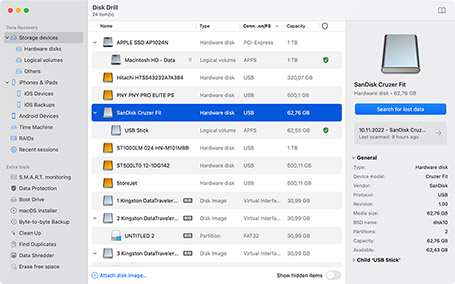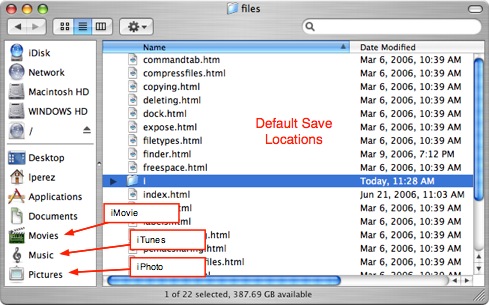
This is a simple method, but there’s an app that lets you find a file path without doing anything extra. The file path on Mac will be listed under where in the get info window that appears. To delete an item, select the file, then click Delete. Here’s how: Discover the file you’re looking for on your Mac. Click a category in the sidebar: Applications, Music, TV, Messages, and Books: These categories list files individually. How do I Clean up my Audio Storage on my Mac?Ĭhoose Apple menu > About This Mac, click Storage, then click Manage. The path to the file is shown at the bottom of the File pane next to location. In the Music app on your Mac, click Songs in the sidebar on the left.ĭo one of the following: Find out where a file is stored: Select the item, then choose Song > Info. Change where your Music Files are Stored on Mac Storynory: Original sound files regarding audiobooks for children. Project Gutenberg Audio Books: Find audio in the form of classic books. In my case, a few seconds of work led to over 7 GB of extra free space, and I’ve never felt more in control of my Mac than now. Just like that, you can find lost files on Mac as well as get rid of the ones you don’t need anymore, using CleanMyMac X.

: Search for free audiobooks, MP3 downloads, podcasts, and more. Check all the files you don’t need anymore and click Remove. If you just want mp3, then you can choose that search token. All of your audio files will show up in the search results. To search for them, set your Finder Search preferences to "Search current Folder," then open you home folder and type Audio into the search field.

Drag songs or folders containing songs to the Music window to add the songs to Music again. Or search for “MP4” to find files downloaded from the iTunes Store or “MP3” to find songs encoded in MP3 format.

In the Finder, choose File > Find, then search for a song by title or artist.


 0 kommentar(er)
0 kommentar(er)
